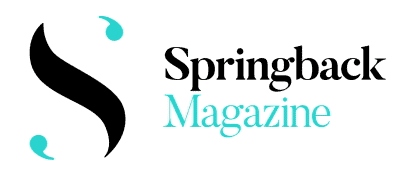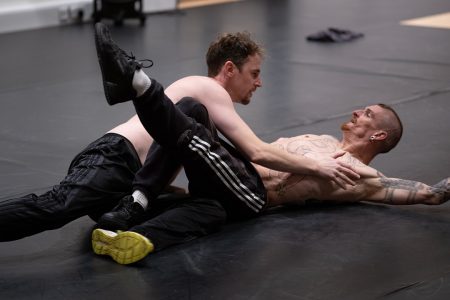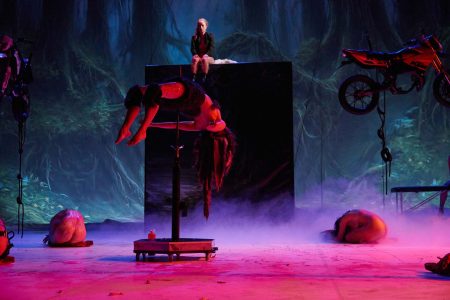The recently published ‘Virus in the system’ editorial, by our Springback network of writers, was our way of registering the initial lockdown phase of the coronavirus crisis: we created a mosaic of viewpoints from different windows in different locations, to build a larger collective picture of our present moment. As a follow-up, it seems apt to pivot towards the future.
Foolish, though, to predict or prescribe it. For if the past can be referred to and the present felt, the future is at best unreliable, and more profoundly, unknowable – especially now. We readily accept that the future is not yet real; now, we expect it to be not yet normal either.
All this makes me think of Mark Fisher, best known for his book Capitalist Realism – the phrase he used to describe the pervasive belief in capitalism as reality, a state of affairs to which – quoting Margaret Thatcher – there is no alternative. Yet the coronavirus crisis has caused even diehard free-marketeers to intervene in the workings of capitalism, not through choice but because, well, there is no alternative. Suddenly, reality has indeed changed.
Many people are rightly rereading Capitalist Realism in these times, but I have turned to The Weird and the Eerie, Fisher’s consideration of the ‘strange’. The weird he characterises as ‘that which does not belong’ – alien, abnormal, but real nonetheless. The virus itself, for example, a weird little thing that makes itself at home, uninvited, in our own bodies.
It is the eerie, though, that gets inside me most – the sensation we feel ‘when there is something present that should be absent, or there is nothing present when there should be something’. Haunting, in the first case, abandonment in the second.
Eeriness tugs my imagination right now. Fortunate enough to be able to take daily bike rides, I cycle through a London spookily empty of traffic and people, spellbound by the strange beauty of its abandonment. Nature and architecture mingle elegantly yet unselfconsciously: birds glide by vacant offices, petals fall on flagstones, the wind sweeps monuments and shopping arcades alike, and theatre billboards announce their shows to clouds and clean, bright air. The scenery may be besmirched by the debris of our plastic bags and parked cars; but not by our presence. To go out into this world is to feel like an interloper, as if we ourselves were ghosts from the past. Inside, meanwhile, we try to set daily routines even as strange dreams visit us at night in our sleep.
For some, this eeriness is a siren song, luring the morbid or the unwary towards oblivion. Yet we would do well to listen to it, for it shows us that there can be value in our absence, both for the world and for ourselves.
I wonder, then, about dance. More than any other art, dance depends on our presence. It happens here and now, in this body, at this time, in this place. Physical presence, proximity and assembly are fundamental to its worth.
Can we reconcile these values?
Perhaps we can combine them. When the time comes to step outside again, will we be able to put the insights of our estrangement into motion, both artistically and practically? The dreamlike time of the present is an opportunity to imagine – and hence start creating – a future.
What might it look like? A cultural infrastructure not built upon cheap flights and overproduction. ‘Human resources’ that emphasise that first word, not the second. Choreography that does not fetishise the self as subject. Dance that appreciates absence – space, stillness, distance, attention – as much action, interaction and statement.
Do less, be more. Leave a smaller footprint. When we step back onto the stage – of the theatre or of society – let us go slowly and tread softly, with presence of mind as well as body. ●
This is a companion text to the earlier editorial ‘A virus in the system’







